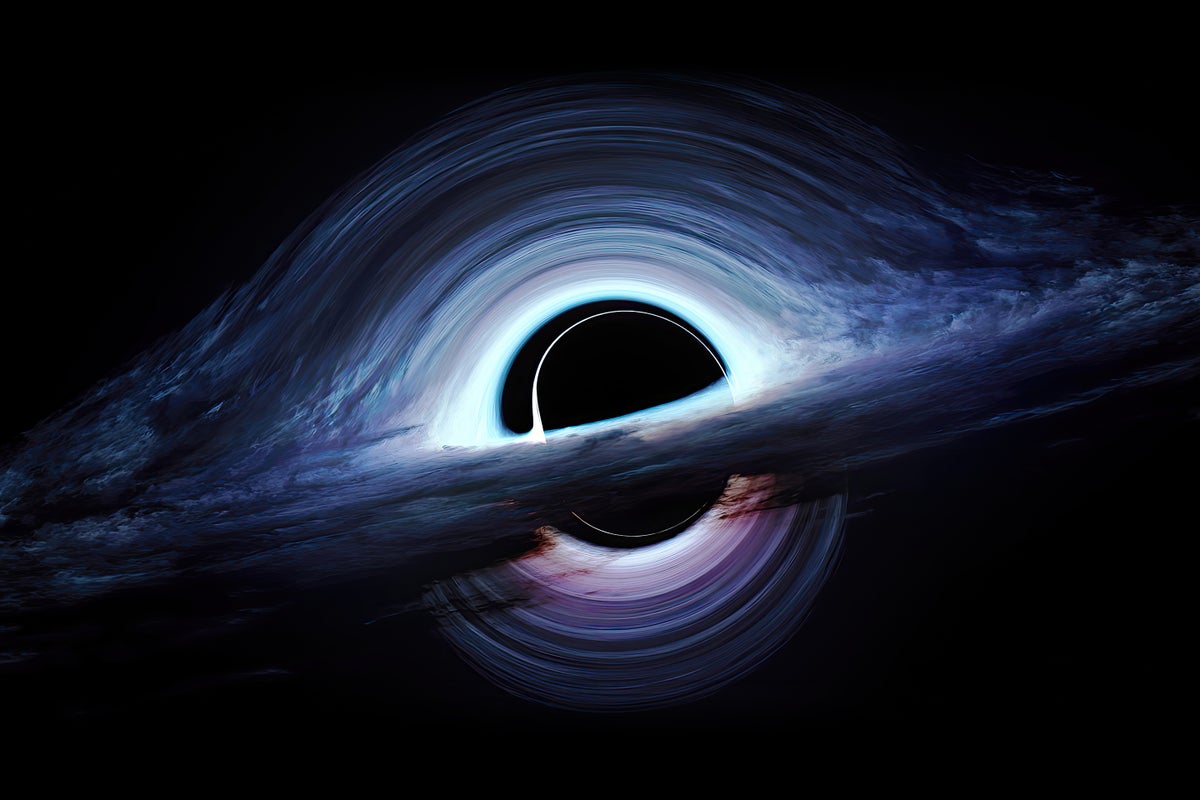Black holes the size of an atom that contain the mass of an asteroid may fly through the inner solar system about once a decade, scientists say. Theoretically created just after the big bang, these examples of so-called primordial black holes could explain the missing dark matter thought to dominate our universe. And if they sneak by the moon or Mars, scientists should be able to detect them, a new study shows.
You’re mistaken. Dark matter, whatever it is, isn’t affected by anything except gravity. It interacts with gravity just like “normal” matter.
The evidence is also significantly better than you’re describing
Then it should also coelescce, particularly since it doesn’t have the em force to keep it repelled, the universe should be dominated by massive dark matter black holes.
Yes, there’s math that explains part of the distribution, but also there is 0 force opposing any collapse we’d have a lot more neutron stars and other degenerate matter catalyzed by dark matter.
We have hypotheses like this when our observations don’t make sense and we need to explain them, it’s definitely a possibility but we still have room to understand the large scale physics at play.
You don’t need a force to prevent collapse if there’s no drag force to slow things down. It would actually be almost impossible for a cloud of dark matter to collapse since any individual particle has momentum and no way to slow down, so they’ll all be in some sort of mutual orbit
I’m guessing you’ve seen as many lorentz attractor simulations as I have, what always happens is something like tidal effects or angular momentum means 90% slow down while a few particles get shot out of hell at ludicrous speed.
The effect is similar to drag, and is basically how we get entropy even without em effects.


